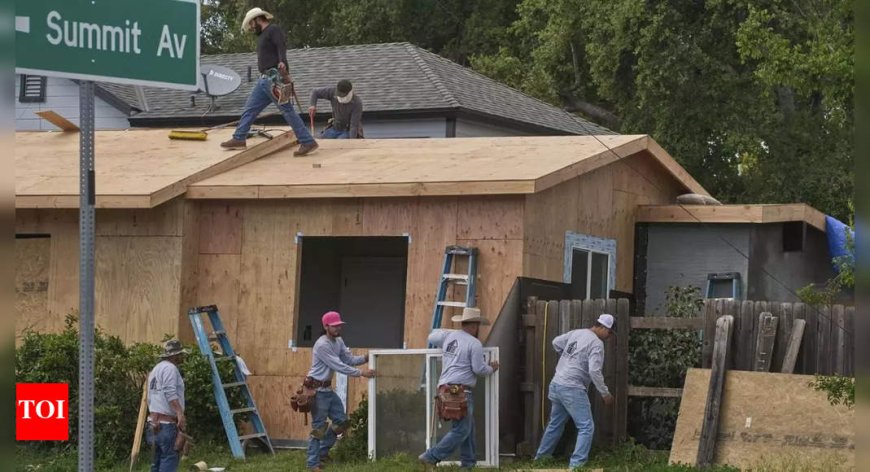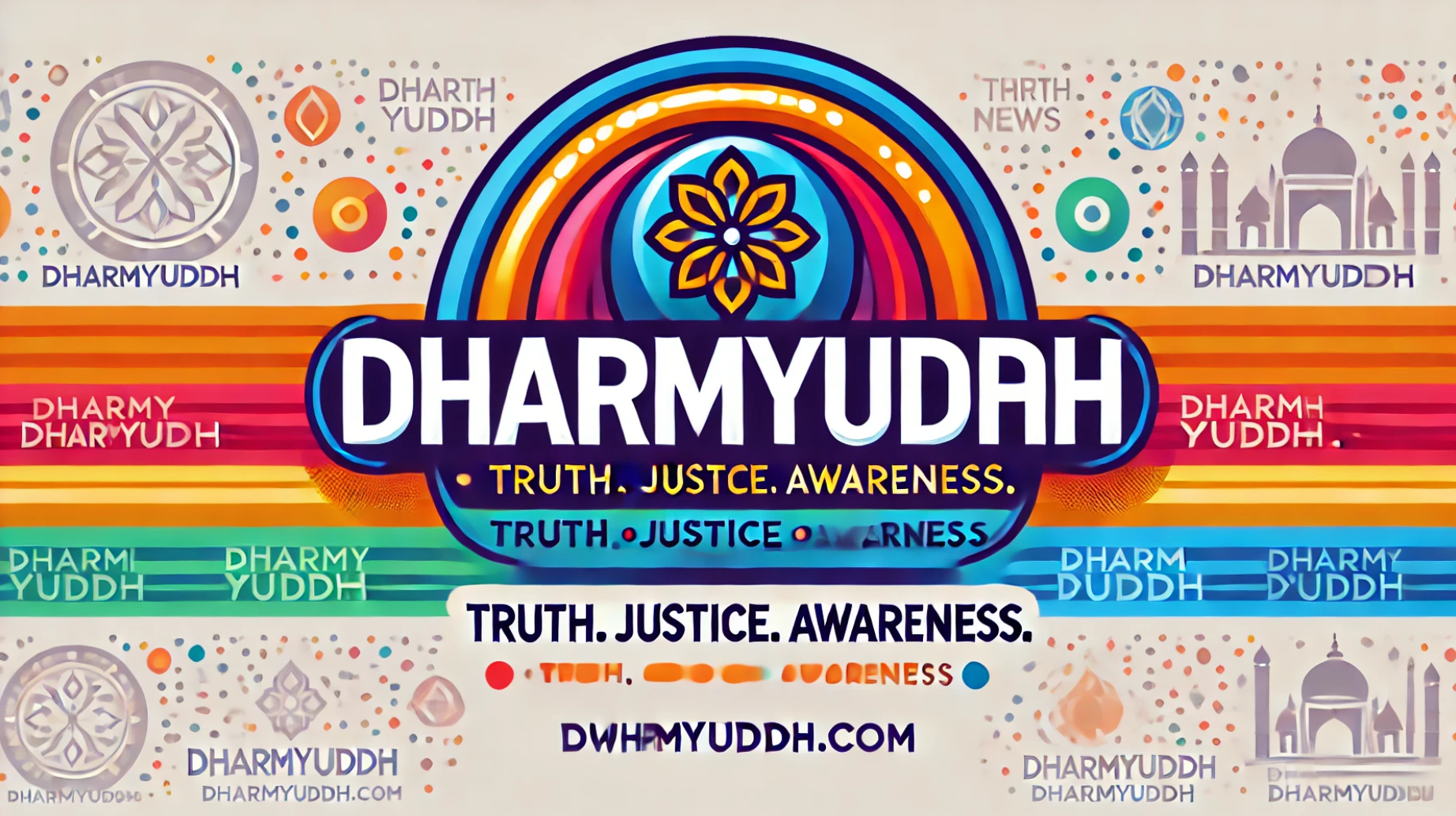In fight over insurance, neighbours crowdsource LA fire contamination data
Following the devastating Eaton wildfire in Los Angeles, residents whose homes survived are battling insurance companies to cover contamination testing for toxins like lead and asbestos. Many insurers deny claims, citing insufficient damage, leaving homeowners to crowdsource data and fight for remediation. The situation highlights gaps in coverage and the need for standardized testing protocols in the wake of urban wildfires.

In Fight Over Insurance, Neighbours Crowdsource LA Fire Contamination Data
Recent events in Los Angeles have sparked a community-driven initiative to compile contamination data following devastating wildfires. As residents face challenges with insurance claims due to the smoke and ash fallout, many have turned to crowdsourcing to gather vital information that could support their cases. This collaborative effort is a shining example of how technology can bridge gaps in crisis management and community support.
Understanding the Contamination Issue
The wildfires in Los Angeles not only caused physical destruction but also left a lasting mark on the environment. Ash and toxic particles from burnt structures can lead to various health hazards, prompting homeowners to seek clarity on the severity of the contamination in their areas. Neighbours are now sharing data on contamination levels, cleaning efforts, and even health impacts to create a comprehensive map of fire-affected zones.
The Role of Technology in Community Initiatives
With apps and social media, residents are harnessing the power of technology to communicate and collaborate effectively. By pooling resources and information, they are not only helping each other but also advocating for more comprehensive insurance responses. This grassroots movement is intended to hold insurance companies accountable for their policies and to ensure that all affected residents receive fair compensation.
Insurance Companies' Response
The response from insurance providers has been critical in this scenario. Many companies have faced criticism for their slow response times and inadequate offers for those affected by the wildfires. As crowdsourced data continues to grow, it puts pressure on these companies to reassess their claims process and consider the genuine needs of their clients.
Future Implications for Crowdsourcing in Crisis Management
This incident showcases the potential for crowdsourcing in crisis situations. By allowing communities to engage in data collection and sharing, it empowers them to take action. As more residents join the initiative, the likelihood of successful claims increases, highlighting the importance of collaborative efforts in times of disaster.
In conclusion, the fight for adequate insurance coverage in the aftermath of the Los Angeles wildfires has opened new avenues for community engagement. Through crowdsourcing contamination data, residents can reinforce their claims while fostering a sense of solidarity and resilience. As this movement continues to grow, it may very well set a precedent for future crisis management strategies.
News by dharmyuddh.com Keywords: LA fire contamination, crowdsourcing contamination data, insurance claims wildfires, community-driven initiative, wildfire health hazards, technology in crisis management, residents share contamination data, insurance companies response wildfires, grassroots movement insurance, future of crowdsourcing crisis management.







